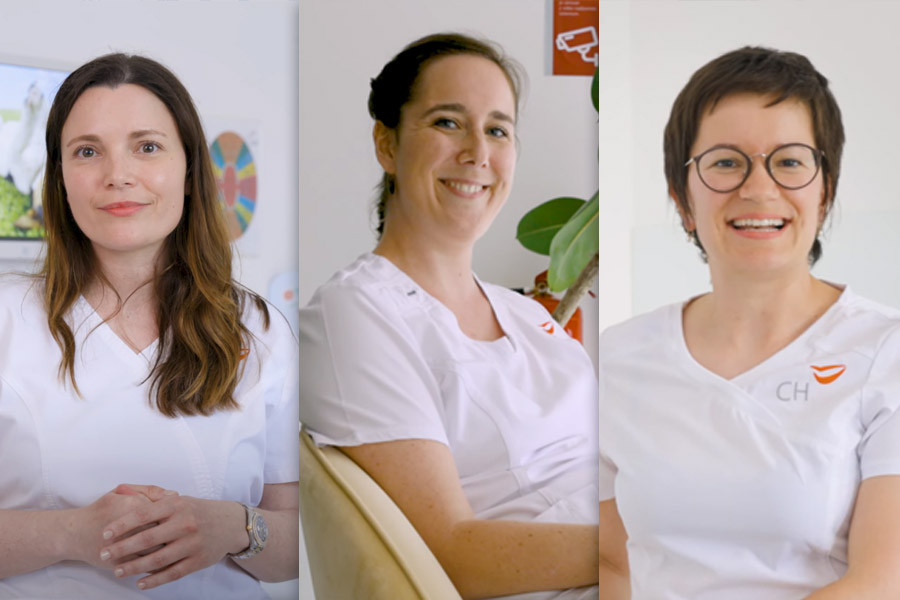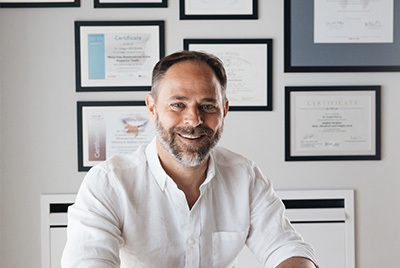History of Craniosacral Resonance
Craniosacral Resonance is a biodynamic approach to craniosacral therapy. It originates in the work of American osteopath, Dr. William G. Sutherland (1873-1954).

Craniosacral Resonance is a biodynamic approach to craniosacral therapy. It originates in the work of American osteopath, Dr. William G. Sutherland (1873-1954). In the early part of the 20th century,
Sutherland had a profound insight whilst looking at a skull. It dawned on him that some of the sutures between the cranial bones were designed for motion. After much self-experimentation he realized that the bones of the skull actually do move. This was in contrast to the commonly held belief of the time, which asserted that the cranial bones are fused by the time one reaches adulthood.

Sutherland was able to sense the presence of a subtle, rhythmic pulsation similar to breathing, but driven by its own intrinsic forces rather than by physiological processes. As he deepened his exploration, he noticed that other parts of the body were also animated and moved by these forces. He called this tide-like motion, primary respiration. He became aware that this motion is present throughout life, from conception till death, and that when it is restricted pain or pathology tends to manifest. Based on his own experience he was able to establish a clear relationship between a full, balanced expression of primary respiration and health.
Sutherland went on to develop a new modality that was designed to enhance the action of primary respiration by way of gentle manipulation of the body. This new approach was called ‘Osteopathy in the Cranial Field’, often referred to as ‘Cranial Osteopathy’.
Towards the end of his life Sutherland had a profound experience while attending a dying patient. As the man passed away Sutherland had a direct experience of a profound, universal, creative principle that he recognized to be animating all living beings. It was experienced as a basic generating, organizing and integrating principle of the body, with its own intelligence and wisdom. He called this animating principle the Breath of Life. Primary respiration was perceived to be an expression of the creative intention of this Breath of Life.

Treatment was therefore not about doing something from the outside, but about being, listening and supporting the action of the Breath of Life in its different expressions. From then on, accessing this inner wisdom, and the forces at work within the human body, in a soft, receptive manner, became the focus of his work.
Further developments:
- Today, the different modalities rooted in the Breath of Life concept have also been inspired by the work of Rollin Becker (1910-1996). He deepened the understanding of the inner organization of the human body, and further clarified the ways in which healing processes unfold.
- The later work of Sutherland forms the framework of what is now known as the biodynamic approach: Biodynamic Osteopathy (James Jealous) or Biodynamic Craniosacral Therapy (Franklyn Sills) once taught outside the osteopathic profession.
- The biodynamic approach continues to evolve as experience and understanding of the field deepens and grows.
Craniosacral Resonance adopts the Breath of Life concept as its basic guideline.











